Are you getting more emails than you have time to deal with? If so, you are not alone. Some estimates claim professionals spend roughly 40% of their day working on email. Ironically, email was designed to liberate us to spend more time on substantial work. However, it seems to be having the opposite effect. Despite its convenience, email often prevents us from getting to other work. It also creates distractions and stress.
When our inbox continues to grow – despite our best efforts to whittle it down – we may need to reduce the incoming volume. If we can decrease the volume of incoming mail, we are better able to deal with other key messages. In the case of email, less is truly more.
8 Simple Strategies to Reduce Email Volume
- Avoid Email Conversations
Many people use email in lieu of conversations. Email is not designed to replace conversations. Rather, email is best used for quick questions, comments and information transfer. Use the Rule of Three to help gauge when you are slipping into email conversations. When an email has bounced back and forth three times, it is time to talk.
Encourage your colleagues to use other forms of communication for the following:
- Complex or Detailed Information
- Emotionally Charged Topics
- Urgent Requests
- Fostering Relationships
- Brainstorming and Decisions
- Ask People to Stop Copying You
One of the biggest contributors to email overload is being excessively copied. Managers especially struggle with this. Team members often copy managers to let them know they have completed a task or to cover their butt. Instead, schedule regular meetings and establish clear expectations about who is doing what. Foster trust among your colleagues and encourage them not to copy you simply to let you know something was completed.
- Focus on Fewer Projects
The math is simple here: the more projects we have, the more emails we receive. Ironically, the more projects we try to tackle at once, the less we accomplish (and the more emails we accumulate). Focus on your top priority projects. Get them done and then move on to the others. This approach allows you to tackle more projects over the long term, while streamlining your email volume.
- Delegate More Work
Too many emails are a sign of too much work on your plate. One of the best ways to manage this is to seek help. Invest in training someone to take over specific types of work. You will still need to be involved, but to a lesser extent. Just make sure they don’t copy you on every step! Encourage your team to manage their hiccups and come to you only as a sounding board on the more challenging topics. Leave the ball in their court more often and you will find you get fewer emails.
- Adopt the One Touch Principle
Avoid touching each email multiple times. Otherwise, this redundancy can easily add up to several weeks of wasted time each year. This also clogs our inbox, delays responses and leads to follow-up emails along the lines of: “have you had a chance to look at this yet?”
The One Touch principle means we only read (“touch”) an email one time. Process it right away and either file or delete the email to get it out of your inbox. This principle applies to any tasks that take five minutes or less and can be a huge time saver. It avoids the costly redundancy associated with reading each email a second time throughout the day when you are ready to process it.
- Set up Email Rules
Email rules can automatically filter specific types of emails into folders so you can batch process them. For example, emails from certain people or emails with specific subject lines can be automatically routed to be processed later.
- Be Accessible
In the absence of being regularly accessible, people will email us. Some of the most meeting intense cultures also seem to have the most complaints about email overload. People need to be able to reach us in both formal and informal ways. From one-on-one meetings to a more casual “Management by Walk About” approach, quick discussions can help to alleviate many email conversations (see strategy #1). Build some uncommitted team time into your calendar.
- Centralize Documents and Project Updates
Many times, common documents are emailed back and forth between team members. This creates version control issues and doesn’t keep related files in one organized location. It is so much more efficient to have these documents saved on a central site that everyone can access.
- Unsubscribe
Over the years, you may have signed up for countless email distribution lists. In addition, you have likely been added to other lists without your explicit permission, before the CRTC anti-spam rules came into effect in 2014. These types of emails can quickly add up and contribute to email overload. Question the value you are getting from each of the emails landing in your inbox. If you are consistently deleting emails without reading them, you should probably just unsubscribe.
Bonus Strategy: Send Fewer Emails
The more emails we send, the more we receive. As well, any email we send has the potential to prompt email conversations. Send fewer emails by bundling comments or saving questions for a discussion. Choose to reply only to the sender instead of everyone. Resist the urge to add comments around an issue a team member is managing. Yes, you could likely add something of value. However, is it really necessary? Every single email you don’t send curbs the flow coming back to you.
Hopefully, these tips help to reduce your email volume and free up some of your valuable time for your other important work. After all, email can be a strategic communication tool – but only when we are dealing with a reasonable volume.


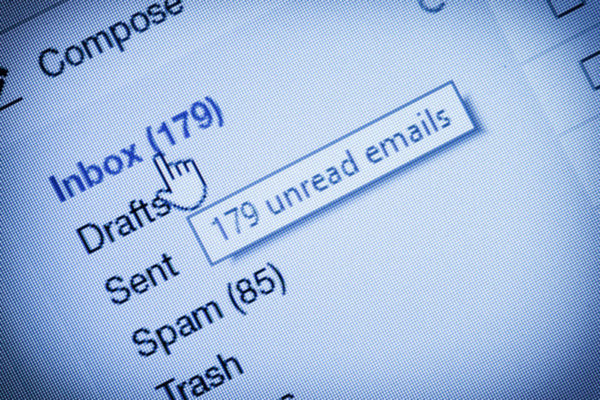
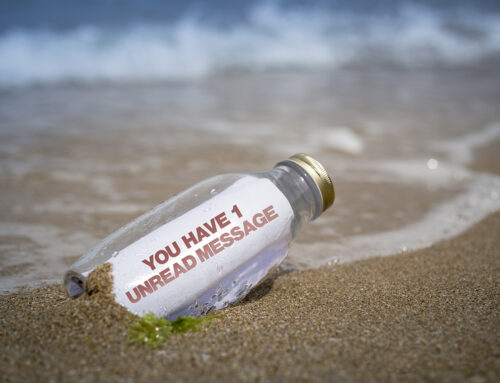

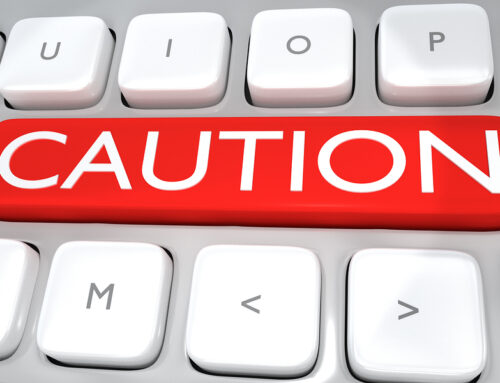
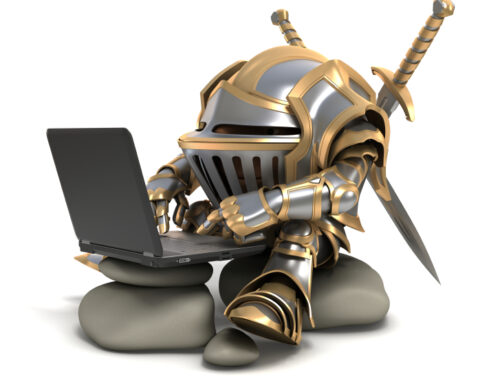
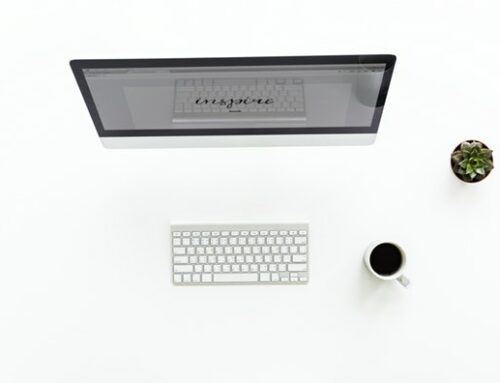
Leave A Comment